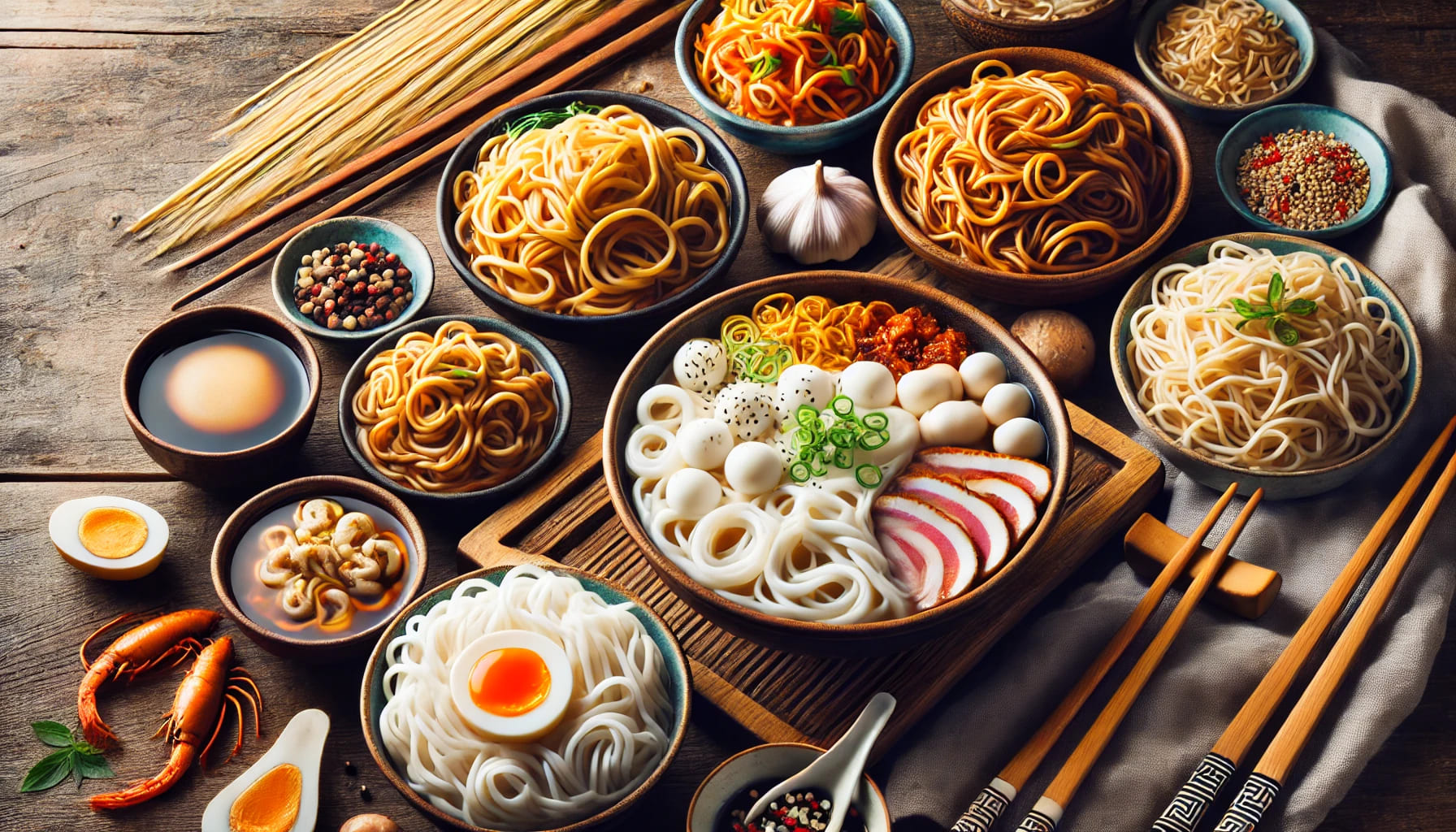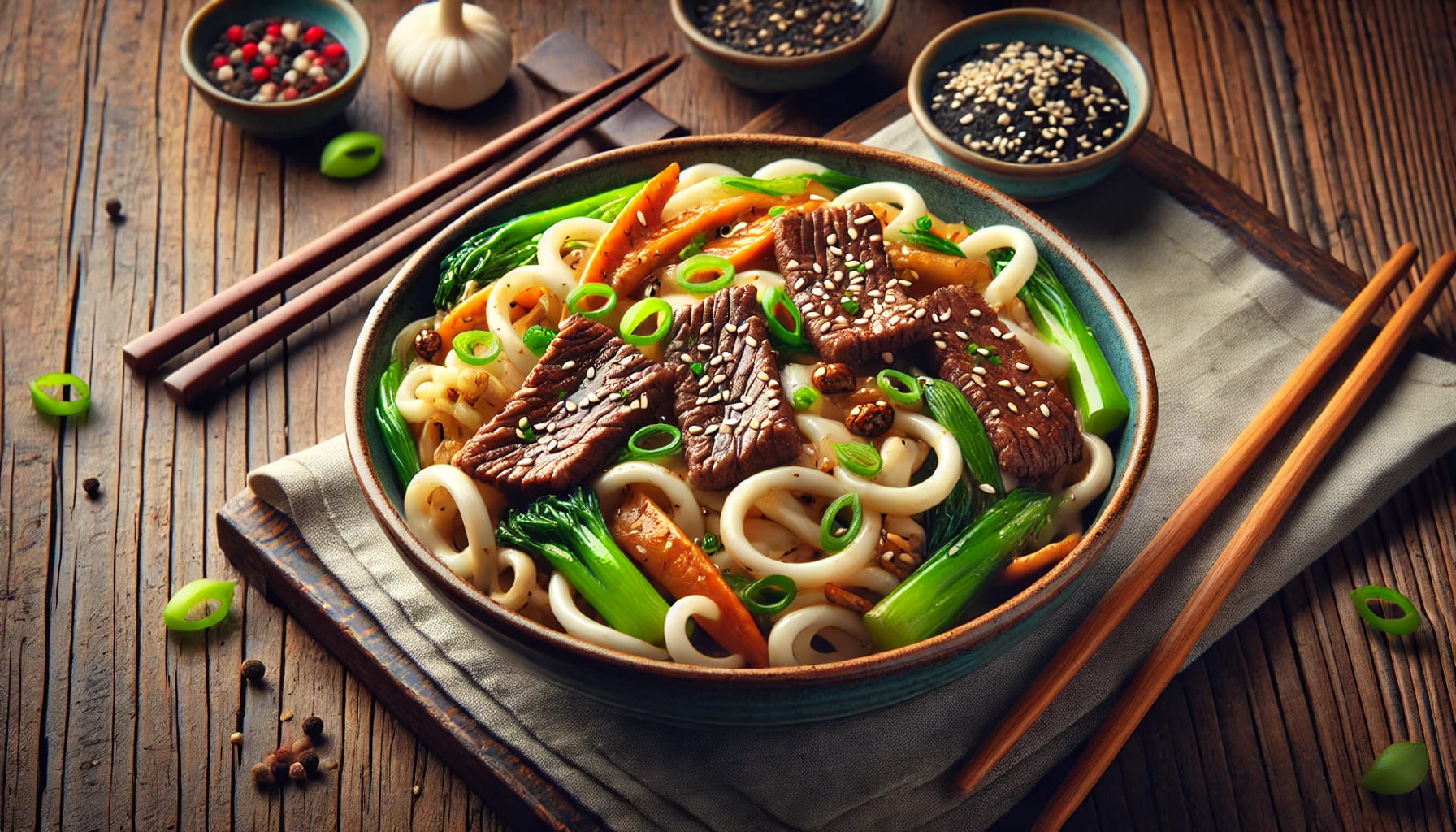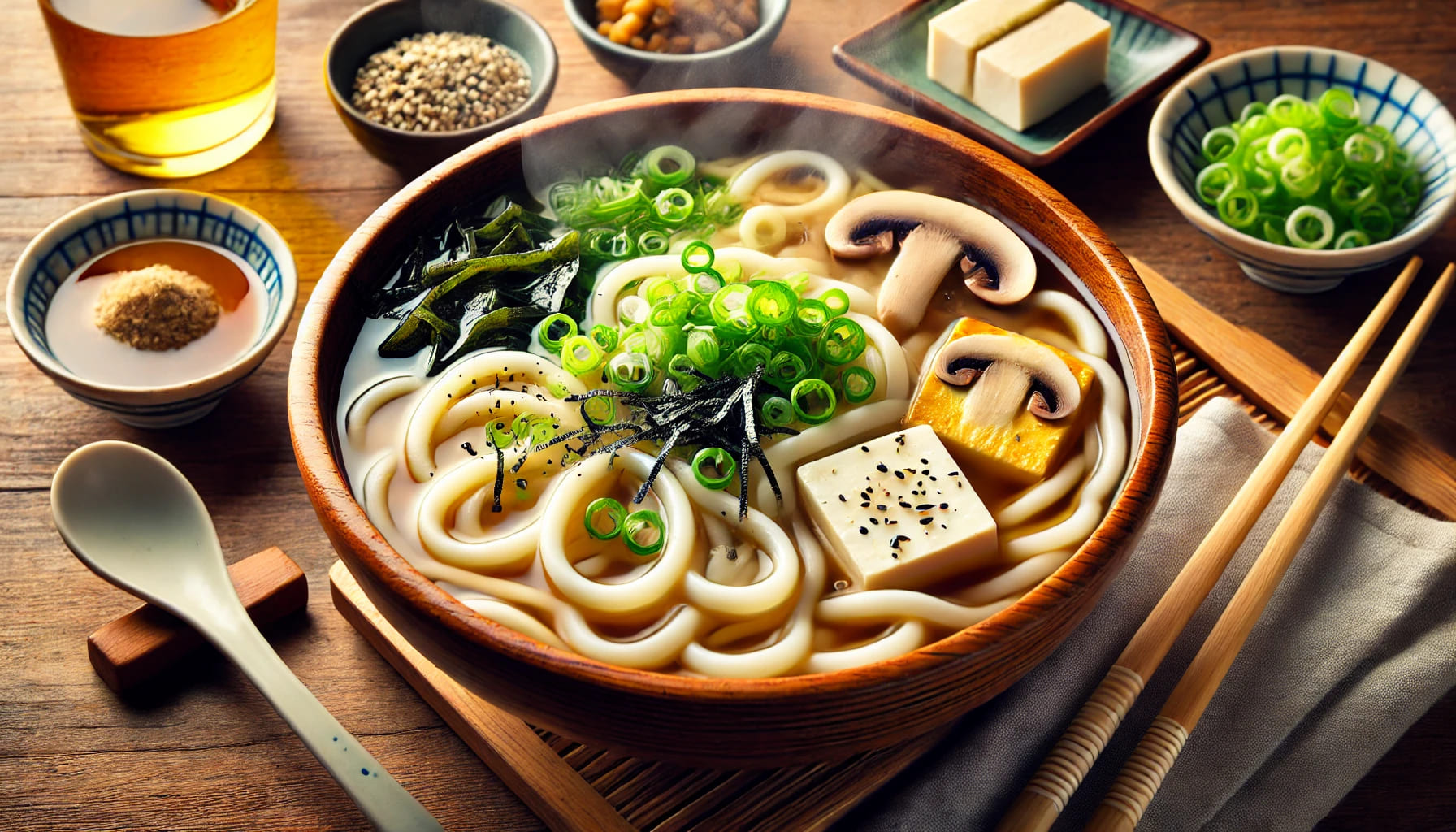
What are the fat Chinese noodles called?
Introduction
When we talk about Chinese noodle dishes, a common question that often arises is, "What are the fat Chinese noodles called?" These thick, hearty noodles are a staple in many Chinese cuisines, each with its unique flavor and texture. In this article, we will delve into the different types of fat Chinese noodles, their culinary uses, and how they stand out in the rich tapestry of Chinese culinary arts.
Types of Fat Chinese Noodles

Udon Noodles
Udon noodles, though Japanese in origin, are widely used in Chinese cuisine. These thick, wheat-based noodles are known for their chewy texture and ability to absorb flavors from broths and sauces. Udon noodles are versatile and can be enjoyed in both hot soups and cold salads, making them a popular choice year-round.
Shanghai Noodles
Shanghai noodles, also known as "cu mian," are thick and round, made from wheat flour. They are commonly used in stir-fries and soups, providing a hearty base that pairs well with various ingredients. Shanghai noodles are often stir-fried with soy sauce, vegetables, and meat, creating a savory and satisfying dish that is a favorite in many households.
Biang Biang Noodles
Hailing from the Shaanxi province, Biang Biang noodles are known for their wide, flat, and chewy texture. These hand-pulled noodles are often served with a spicy, savory sauce, making them a favorite among spice lovers. The unique name "Biang Biang" comes from the sound made during the noodle-making process, adding a cultural touch to this delicious dish.
Ho Fun Noodles
Ho Fun noodles, also known as "Shahe fen" or "chow fun," are broad, flat rice noodles. These noodles are typically stir-fried with beef or vegetables and have a smooth, slippery texture that complements the dish's flavors. Ho Fun noodles are a staple in Cantonese cuisine and are often featured in classic dishes like Beef Chow Fun.
Culinary Uses of Fat Chinese Noodles

Stir-Fried Dishes
Fat Chinese noodles are perfect for stir-fried dishes due to their ability to hold up against high heat and absorb the savory sauces. Popular dishes include Beef Chow Fun, where Ho Fun noodles are stir-fried with tender slices of beef and vegetables. The thick noodles provide a satisfying bite that pairs well with the rich, umami flavors of the stir-fry sauce.
Soups
Thick noodles like Udon and Shanghai noodles are commonly used in soups. Their chewy texture makes them ideal for absorbing the rich flavors of broths, providing a comforting and filling meal. Dishes like Udon soup with miso broth and Shanghai noodle soup with pork and vegetables are classic examples of how these noodles can be used to create hearty, satisfying soups.
Cold Noodle Dishes
In warmer months, cold noodle dishes using Biang Biang or Shanghai noodles are popular. These dishes are often served with a variety of fresh vegetables and a tangy, spicy dressing. Cold Biang Biang noodles, for example, are often mixed with cucumber, carrots, and a spicy chili oil sauce, creating a refreshing yet flavorful dish.
How to Cook Fat Chinese Noodles
Preparation
Cooking fat Chinese noodles requires a bit of care to achieve the perfect texture. It is important to cook them until they are al dente, as they will continue to cook slightly when added to stir-fries or soups. Overcooking can lead to mushy noodles, so keeping a close eye on them during the cooking process is crucial.
Cooking Tips
- Boiling: For most fat noodles, boiling them in salted water until they are slightly undercooked is ideal. They can then be finished in a stir-fry or soup. Adding a bit of oil to the boiling water can prevent the noodles from sticking together.
- Stir-Frying: When stir-frying, ensure the pan is hot and the ingredients are ready. Cook the noodles quickly to avoid overcooking. Using a high smoke point oil like peanut or vegetable oil can enhance the flavors and prevent burning.
- Serving Cold: For cold dishes, cook the noodles fully, then rinse them under cold water to stop the cooking process and remove excess starch. Tossing the noodles in a bit of oil after rinsing can keep them from sticking together and ensure they remain smooth and separated.
Nutritional Value of Fat Chinese Noodles
Fat Chinese noodles are typically made from wheat or rice, providing a good source of carbohydrates. Depending on the type of noodle and preparation method, they can also offer dietary fiber, vitamins, and minerals. Pairing them with vegetables and proteins creates a balanced meal. For example, a dish like Beef Chow Fun not only provides energy from the noodles but also essential nutrients from the vegetables and protein from the beef.
The Magic Noodle: A Culinary Journey in Las Vegas

If you ever find yourself in Las Vegas, a visit to The Magic Noodle is a must. This renowned restaurant is famous for its authentic and delectable Chinese noodle dishes, especially its wide selection of fat noodles. At The Magic Noodle, you can experience the rich flavors and textures of traditional Chinese cuisine, prepared with a modern twist. The chefs here use only the freshest ingredients, ensuring that every dish is a culinary masterpiece. Whether you're a fan of Biang Biang noodles or prefer the chewy goodness of Udon, The Magic Noodle offers a dining experience that will transport your taste buds to the heart of China.
Conclusion
Understanding what fat Chinese noodles are called and their various types enriches our appreciation of Chinese cuisine. Whether it's the chewy Udon, the versatile Shanghai noodles, or the wide Biang Biang noodles, each type brings a unique texture and flavor to the table. Next time you enjoy a Chinese noodle dish, you'll have a deeper appreciation for the artistry and tradition behind these beloved noodles.
By exploring these fat Chinese noodles, we not only savor delicious meals but also connect with a rich culinary heritage that spans centuries. Enjoy experimenting with these noodles in your kitchen, and let the flavors of Chinese cuisine transport you to a world of gastronomic delight. Whether you're cooking at home or dining out at places like The Magic Noodle in Las Vegas, these noodles are sure to provide a memorable and satisfying experience.


